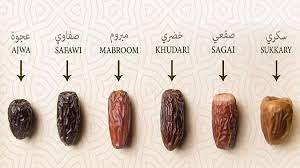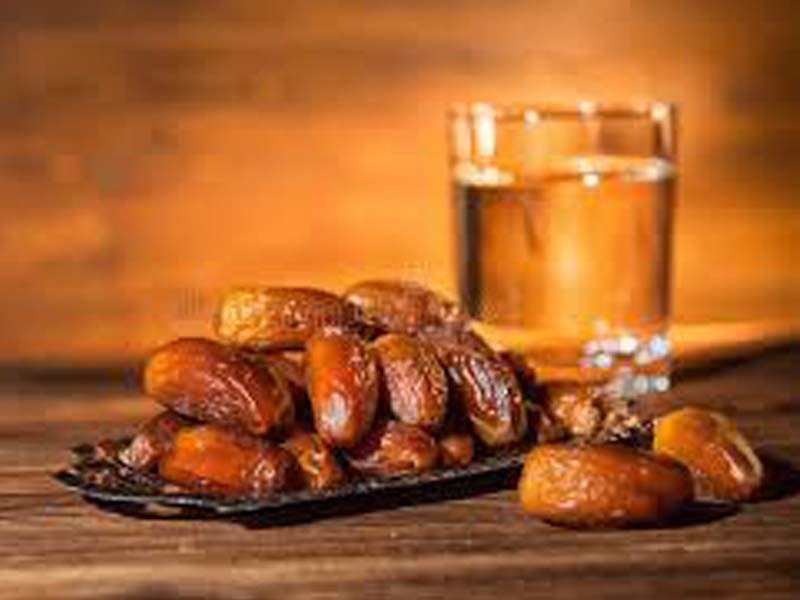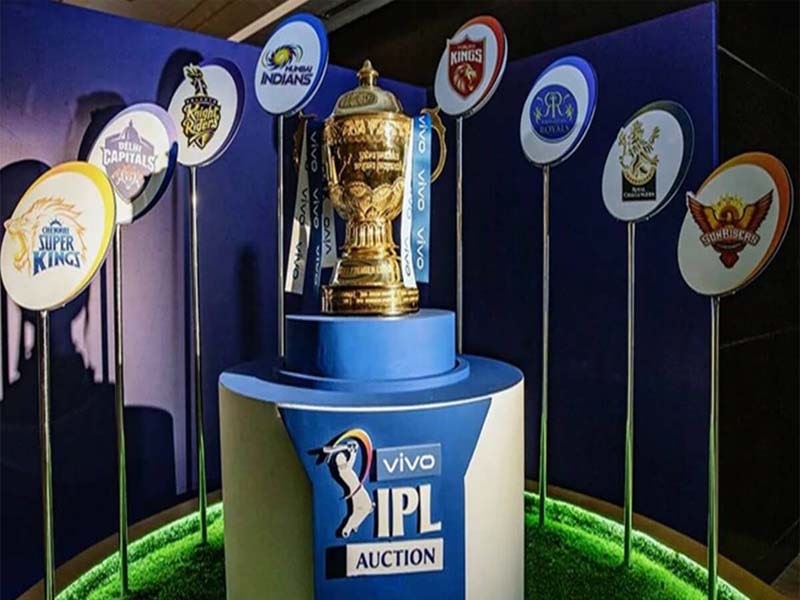DATES CONNECTION WITH FASTING AND RAMADAN
Manasi Agarwal
Ramadan is the ninth month of the Islamic calendar observed by the Islam followers worldwide as a month of fasting and prayer. It lasts twenty-nine to thirty days from one sighting of the crescent moon to the next. Ramadan is observed annually to commemorate the event described in Islamic tradition as taking place in 610 AD, during which the Islamic Prophet Muhammad was visited by the angel Jibrīl, who revealed to him the beginnings of what would later become the Qur’an. The event took place in a cave called Hira, located on the mountain Jabal an-Nour, near Mecca. It is believed that the exact date of this event was Monday, the 21st of Ramadan just before sunrise, i.e. August 10, 610 AD. The Ramadan is one of the five pillars of Islam. During Ramadan fasting from sunrise to sunset is obligatory (fard) for all adult Muslims who are not acutely or chronically ill, travelling, elderly, breastfeeding, diabetic or menstruating. The predawn meal is referred to as suhur and the nightly feast that breaks the fast is called iftar. It is often done as a community meal just after the call to the evening prayer (Maghrib), which is around sunset. People also like to have iftar at home with all family members and iftar are also arranged by the mosques. Traditionally three dates (khajoor) are eaten to break the fast, in emulation of the prophet Muhammad, who broke his fast in this manner. The use of khajoor in iftar is geographical as well as scientific. Khajoor was easily the most available fruit in that region.
Thus, a single khajoor provides 20 calories with other nutrients, which after the long hours of fasting is a rich source of energy and fulfilling. The khajoor contains zero fat. The anti-oxidants present in a khajoor are good for skin and so as potassium for brain and memory. The alkaline salts reduce diabetes and blood pressure risks whereas the magnesium, iron, copper and vitamins are good for agility. In a study revealed that it had active resistance against certain harmful bacteria. In another study conducted using the acetone and methanol extracts from the native date plants of the Iraqi origin, it was found that these extracts have a positive effect against the growth of positive and negative bacteria. It is anti-inflammatory and protects kidneys. It also strengthen nervous system and bone health. Therefore its use in iftar started centuries back.

There are many popular varieties of the dates available in the market today which are;
Ajwa: Origin of Medina. Considered as ‘Holy Date’ and revered with centuries-old faith.
Barhi: Syrupy rich soft date, the softest and most fragile.
Dayri: Heavy, sweet flavored soft date. Soft-fleshed fruit with red skin that ripens to brown and then to black.
Deglet Noor. Sweet delicate flavored semi-dry date known for its “true” date flavor. The name means “date of the light”.
Halawy: Sweet honey-flavored soft date. Halawy means “sweet.” Small to medium fruit with bright golden brown skin and tender flesh.
Khadrawy: Rich not overly sweet, flavored soft date. Considered among the best in flavor and texture for eating fresh.
Medjool: Also known as California date. Most popular variety of the world. Deep brown in colour, it has a distinctive caramel taste.










